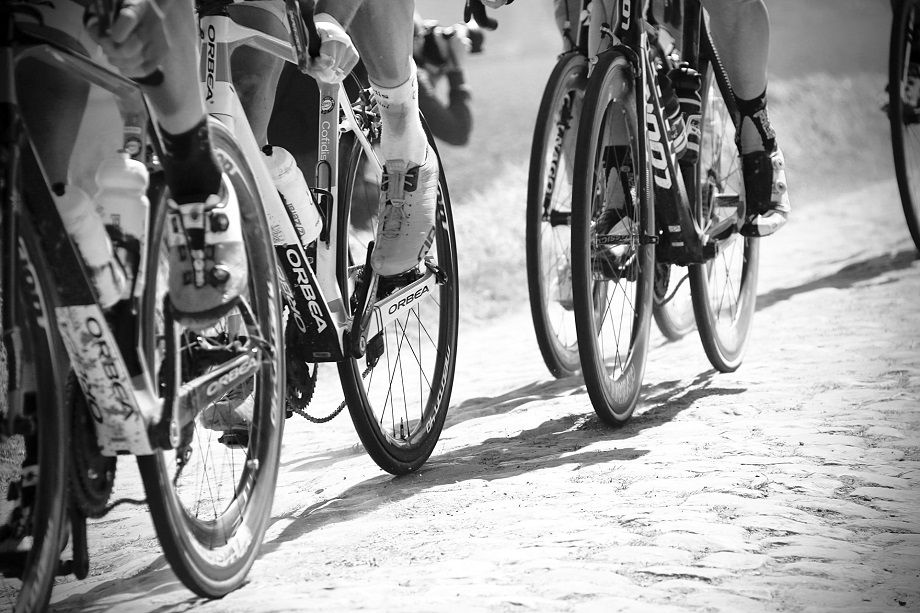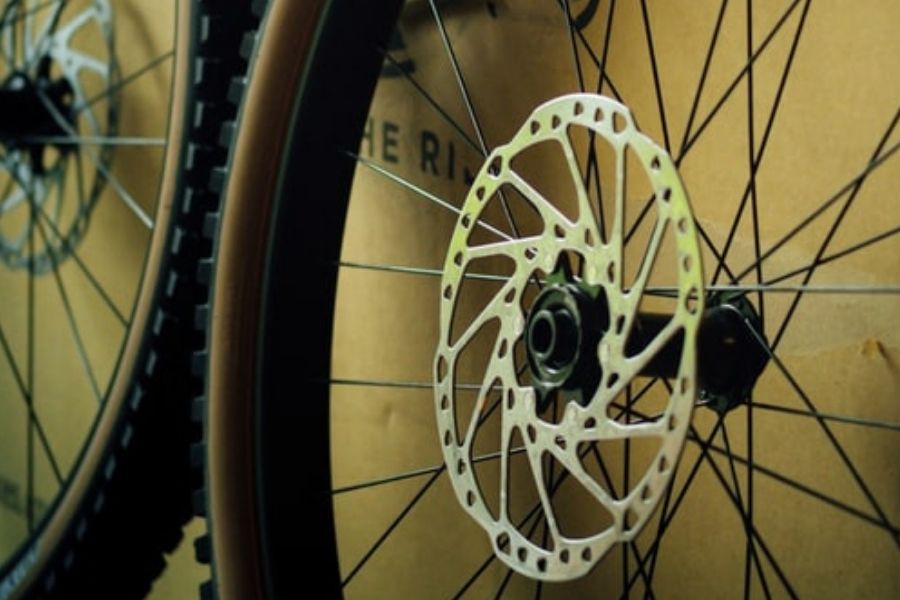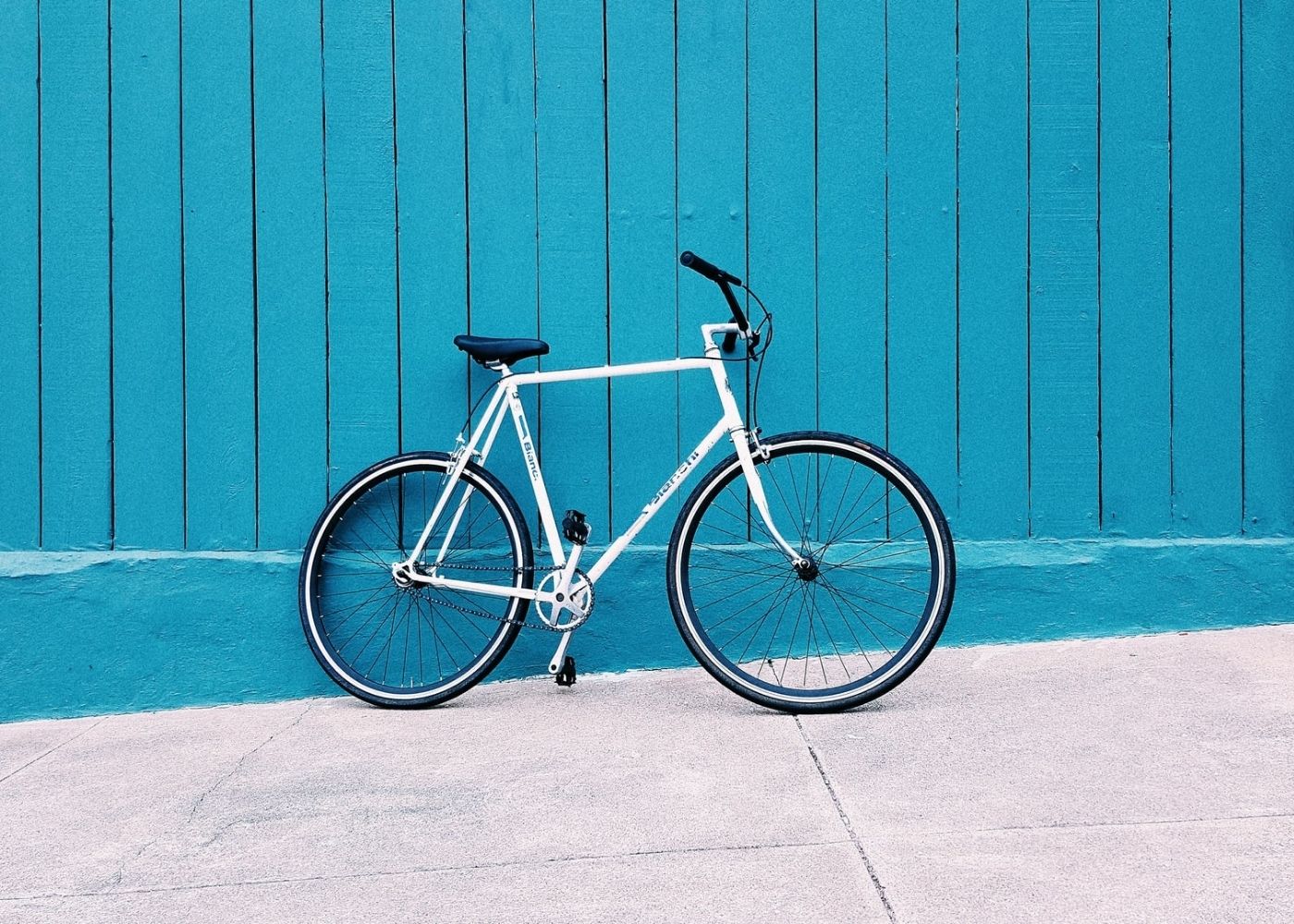When it comes to cycling, there are a lot of terms and sizes that can be challenging to understand. I remember years of working in bike shops and many customers coming in asking for the same thing, just in a completely different way.
One of the most common questions I was asked was what does 700c mean? The term 700c relates to a lot in cycling, and in this article, I want to explain everything you need to know about what 700c means in the cycling world.

The Quick Answer
Let us start with the basic understanding of 700c. Most people will understand the term 700c as a size. This term comes from the French system, and you will also find other similar sizes such as 650b and 650c.
The French system term 700c is used for road bikes mainly and some gravel bikes. 700c is the same size as a 29″ wheel which you will commonly see on mountain bikes.
Why don’t we call a 700c a 29er?

Although they share the same diameter, they have one huge difference, which means they must be kept apart, the Internal Rim Width. On a 700c wheel, the internal rim width is roughly around 19mm on modern-day wheelsets.
This is so tires like a 25c road bike tire will slot in perfectly and perform optimally when inflated. You could fit a 29″ mountain bike tire into this same rim, for example a 2.2,” but under inflation, it will not perform as it should as the tire will be very rounded.
A 29er wheelset will have an internal rim width that will be much larger, for example, 30mm. This means when you put a mountain bike tire in such as 2.2″, it will slot in, and under-inflation will be the right shape. If you were to try to fit a road bike tire into a 29er rim, it wouldn’t be wide enough and wouldn’t be safe to use.
How do we know what tires we need to fit our wheels?

Getting the right tires can be challenging, but there’s a straightforward way to work it out. Take a look at the tire you have on your bike already, and it will have a code on which looks a little like this 28-622. This is the ISO System and is in place for clarity between all different terms.
Let’s break the code down, 28-622. 28 is the tire width, so a 28 will be a 28c. The 622 is the bead seat diameter. This is the size of the rim where the bead of the tire will connect. Providing these numbers on your new tires match the number on your old tires, it will be a correct fit.
What other tires sizes are there?
There are many different sizes of tires on the market, and although I would love to speak about them all, we would be here a very long time. Over the years, bicycles have been around there have been plenty of sizes, especially if you go back further than 25 years. Let’s talk about the most common sizes.
26″
Mainly seen on Hybrid and Mountain bikes. Slowly becoming less popular as time passes.
27″
Used on older road bikes, still readily available on the market as many old bikes are still in use.
27.5″
This is the same as a 650b French size, completely interchangeable and generally used on mountain and gravel bikes.
28″
A 28″ wheel is very similar to a 29″ and 700c, confusing, I know, but the reason behind this is 28″ is a German measurement and has the same bead seat diameter as the 700c and 29″. This is a size you won’t see often but is good to know about.
29″
Same as 700c in that they have the same bead seat diameter, but they have different internal rim widths.
650b
Same as a 27.5″ used on gravel, mountain, and some randonneur bikes.
650c
The French term for a 26″ but like how the 29er and the 700c work, the 650c is for much thinner tires.
Conclusion
To simplify, 700c is an old French term. We use this for parts mainly relating to road and some gravel bikes. You will find the term used on tires, wheels, and bicycles.
Expert Tip
Whenever you buy any upgrades or replacement parts for a bike, make sure you double-check all the sizing and how it connects to the bike. Never be afraid to ring a bike shop to double-check that what you’re buying will work. Sometimes the slightest difference in part codes can make a bike part unusable on your bike.
